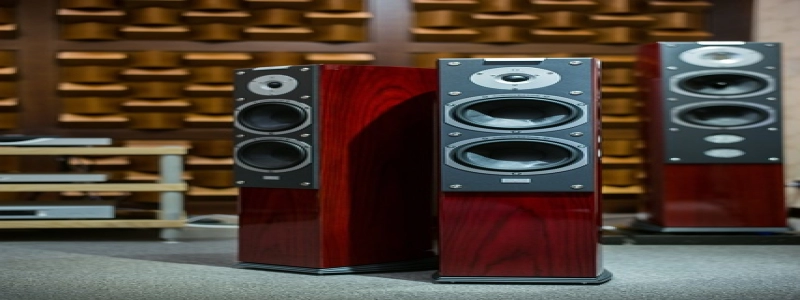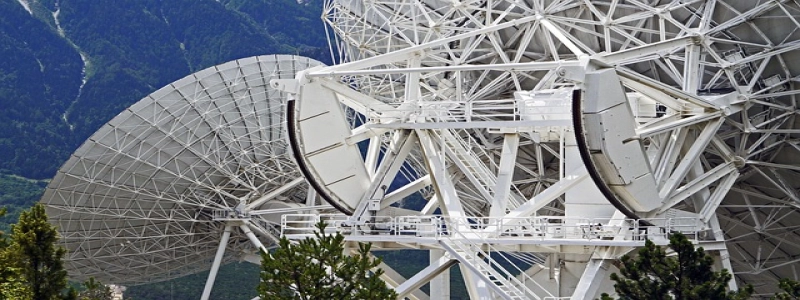Single Mode Fiber Cable
Wstęp
Single mode fiber cable, also known as SMF, is a type of optical fiber cable widely used in telecommunications and data transmission networks. It offers significant advantages over other types of fiber cables, making it the preferred choice in various industries. In this article, we will explore the features, benefits, and applications of single mode fiber cable.
Features of Single Mode Fiber Cable
1. Core Diameter: Unlike multimode fiber cables, single mode fiber cables have a smaller core diameter, typically around 9 μm. This small core diameter allows for the transmission of a single mode of light, resulting in reduced dispersion and higher bandwidth capabilities.
2. Light Wavelength: Single mode fiber cables operate at a wavelength of 1310 nm or 1550 nm. This wavelength range enables long-distance transmission with minimal signal loss and excellent signal quality.
3. Low Attenuation: Single mode fiber cables exhibit low attenuation rates, ensuring that the transmitted data travels long distances without significant signal degradation. This low attenuation is crucial for maintaining high-speed, reliable data transmission.
Benefits of Single Mode Fiber Cable
1. High Speed and Bandwidth: Due to its small core diameter and low dispersion, single mode fiber cable allows for high-speed data transmission with large bandwidth capabilities. It can support various applications that require high bandwidth, such as streaming high-definition videos and transferring large data files.
2. Longer Transmission Distance: Single mode fiber cable offers longer transmission distances compared to multimode fiber cables. It can transmit data over tens or even hundreds of kilometers without the need for signal repeaters, making it ideal for long-distance data transmission in telecommunication networks.
3. Immunity to Electromagnetic Interference: Single mode fiber cables are immune to electromagnetic interference, ensuring that the transmitted data remains secure and unaffected by external factors. This feature is particularly essential in areas with high electromagnetic interference, such as industrial environments or near power lines.
Applications of Single Mode Fiber Cable
1. Telecommunications: Single mode fiber cable is extensively used in telecommunication networks, enabling efficient and reliable transmission of voice, video, and data signals over long distances. It is commonly employed in backbone networks and undersea cables, connecting different cities and continents.
2. Data Centers: Single mode fiber cable plays a crucial role in data centers, providing high-speed connectivity between servers, przełączniki, and storage devices. It ensures excellent network performance, low latency, and seamless data transfer, essential for the operation of cloud services and high-performance computing.
3. Metropolitan Area Networks (MANs): Single mode fiber cable is utilized in MANs to interconnect various local area networks (LANs) within a city or metropolitan area. It facilitates the efficient exchange of data and communication between different organizations, government institutions, and commercial entities.
Wniosek
Single mode fiber cable offers outstanding features and benefits, making it an indispensable component in modern telecommunications and data transmission networks. Its ability to transmit data over long distances, high-speed capabilities, and immunity to electromagnetic interference make it the preferred choice in numerous applications. Whether in telecommunication networks, centra danych, or metropolitan area networks, single mode fiber cable ensures reliable and efficient data transmission, enabling global connectivity and communication.








